The reality behind the facade
IMF, World Bank are deliberately creating positive impression of our economy to ensure continued concessional assistance for an unspoken ‘strategic favour’
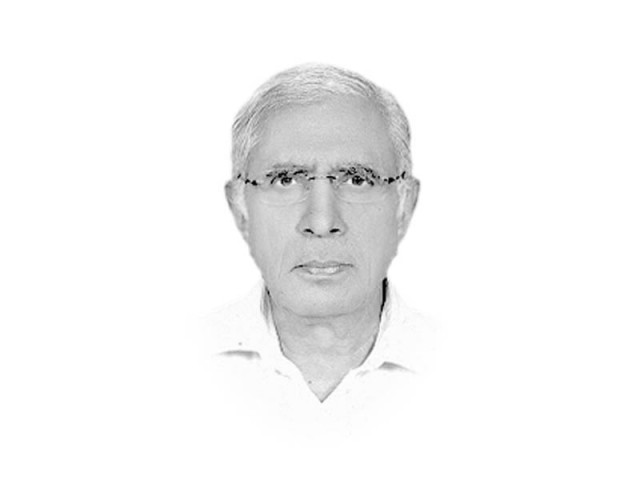
The writer served as Executive Editor of The Express Tribune from 2009 to 2014
In the case of Pakistan, currently the official claims of ‘successes’ on the economic front are being challenged by a number of credible independent economists who, having served as official economic managers in the recent past, seem to know what they are talking about.
This is happening despite the fact that the official claims are being backed by most multilateral donors, including the IMF and the World Bank as well as international rating agencies like Moody’s, Standard & Poor’s, plus Forbes, the magazine of the rich.
The official data is really uplifting: GDP growth rates in the last two consecutive years were recorded at a healthy four per cent and 4.2 per cent, respectively; fiscal deficit in the same period was 5.5 per cent and five per cent respectively. The rate of inflation has tumbled to 1.8 per cent in recent weeks and the foreign exchange reserves have reached a record $19 billion.
However, independent economists disagree with the official GDP growth rates and place them at a little less than four per cent annually for the last two consecutive years. Fiscal deficits have been recorded at eight per cent for 2013-14 and 8.5 per cent of GDP for 2014-2015. The markedly low rate of inflation is rightly attributed to the plunge in international commodity prices, led by oil prices. As exports declined, foreign exchange reserves are said to have been puffed up by borrowings rather than earnings: a Euro bond of $2 billion, a sukuk of $1 billion, a Saudi gift of $1.5 billion and a net IMF payment of $1.5 billion, combined.
Since the UAE leads the sources of foreign remittances, it is suspected that a good part of it is Pakistan’s own black money smuggled to the Emirates and brought back as white in the shape of remittances. Additionally, over $1.5 billion was generated through the privatisation of profitable organisations, like the HBL, the UBL, the ABL and the PPL. Bank interest rates are at their 40-year lowest, but only the government is taking full advantage of these low rates by cornering most of the banks’ liquidity for budgetary support, while leaving hardly anything for an already investment-shy private sector.
One wonders that if the IMF, the World Bank and Forbes are all so impressed by the progress made by Pakistan’s economy in the last two years, then what is driving the country’s own independent economists to the opposite corner. Or, are they all only venting their bile against a ‘success’ in which they did not play any part?
Perhaps, there is another explanation — a political one. Perhaps those who seem to be ‘impressed’ by the so-called ‘successes’, are in fact, deliberately creating a positive impression of Pakistan’s economy and thus reassuring Islamabad of continued flows of concessional assistance in return for an unspoken ‘strategic favour’ — Pakistan’s active and meaningful cooperation in arranging face-to-face meetings between the representatives of the Afghan government and the Afghan Taliban. In the past as well, Pakistan had bought an economic bailout in return for a ‘strategic favour’ asked by the US on behalf of India. In the year 2000, when it was, perhaps, the most sanctioned country after Libya, Pakistan was awarded an emergency IMF standby arrangement (SBA) for agreeing to the US-sponsored India-Pakistan peace talks that finally led to the Agra Summit in the middle of 2001.
Because of the sanctions, both the US and the UK, under their respective laws, were obliged to oppose the IMF Board meeting Pakistan’s application in June 2000 for a SBA for a paltry $500 million. But the Board approved the application, as the representatives of both the countries in question abstained from the meeting.
This was followed by the announcement on November 19, 2000, of unilateral ceasefire by India across the Line of Control. The very next day, Hizbul Mujahideen reciprocated the Indian gesture. Pakistan, too, followed suit and by end-December the same year, Islamabad made a public announcement to the effect, a move immediately welcomed by the US and which in turn was followed by the release of the first tranche of the SBA by the IMF.
Published in The Express Tribune, August 12th, 2015.
Like Opinion & Editorial on Facebook, follow @ETOpEd on Twitter to receive all updates on all our daily pieces.

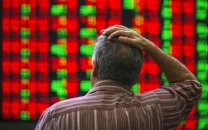
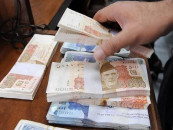

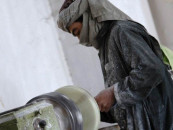
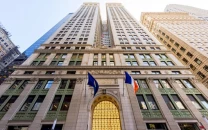
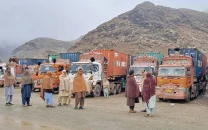












COMMENTS
Comments are moderated and generally will be posted if they are on-topic and not abusive.
For more information, please see our Comments FAQ